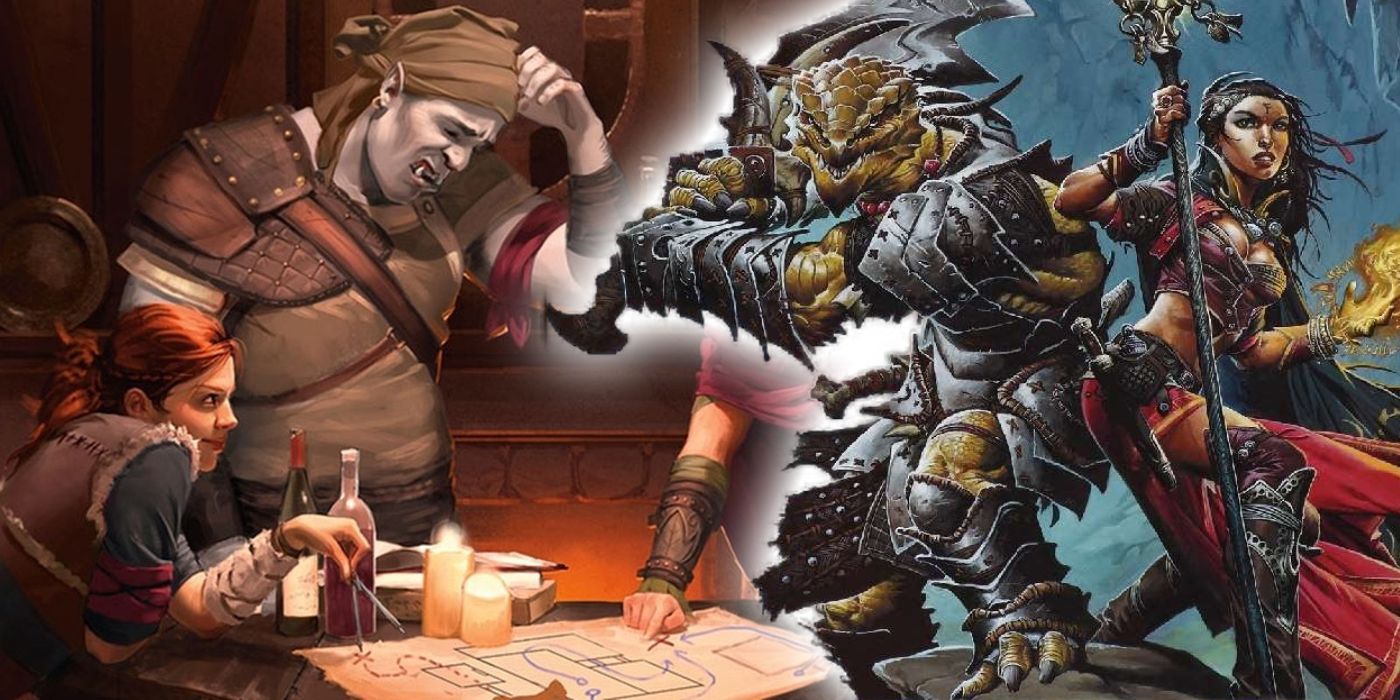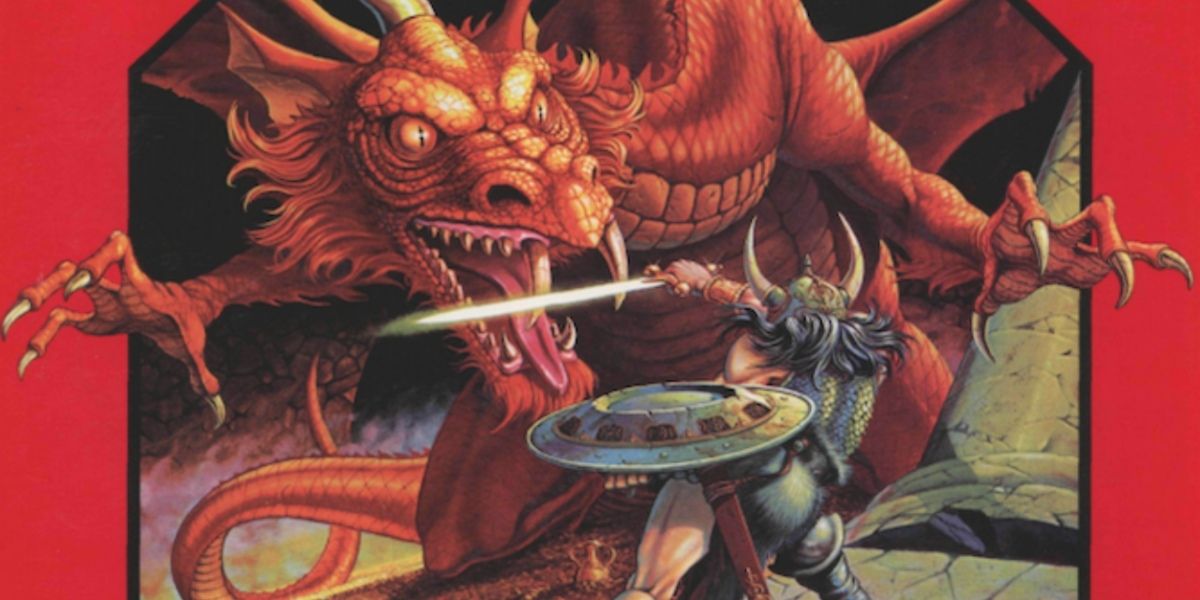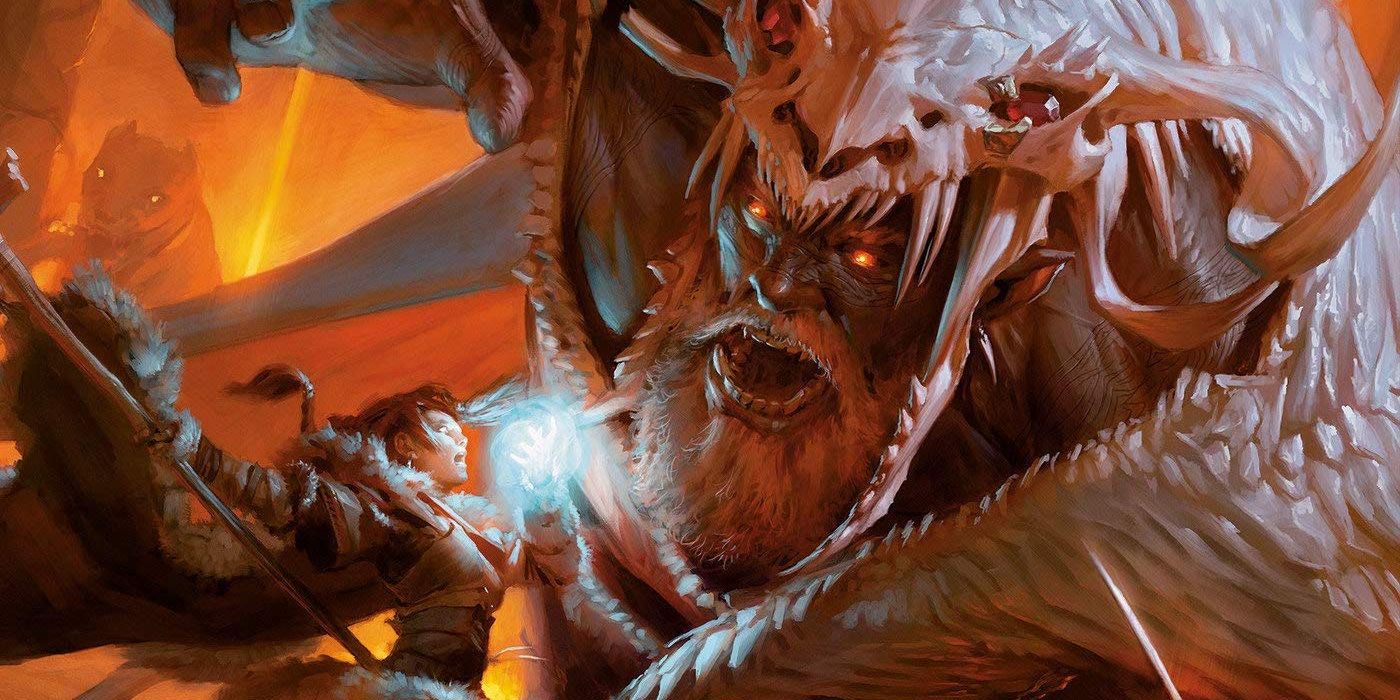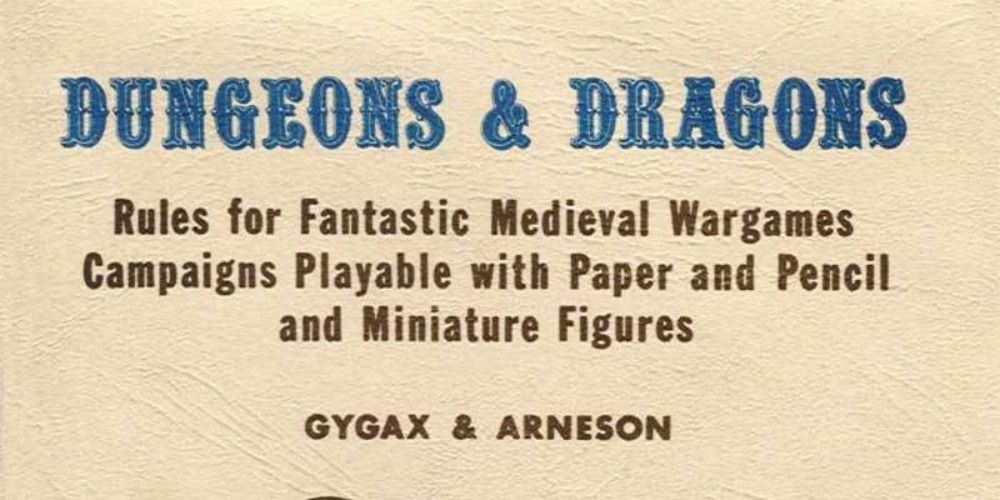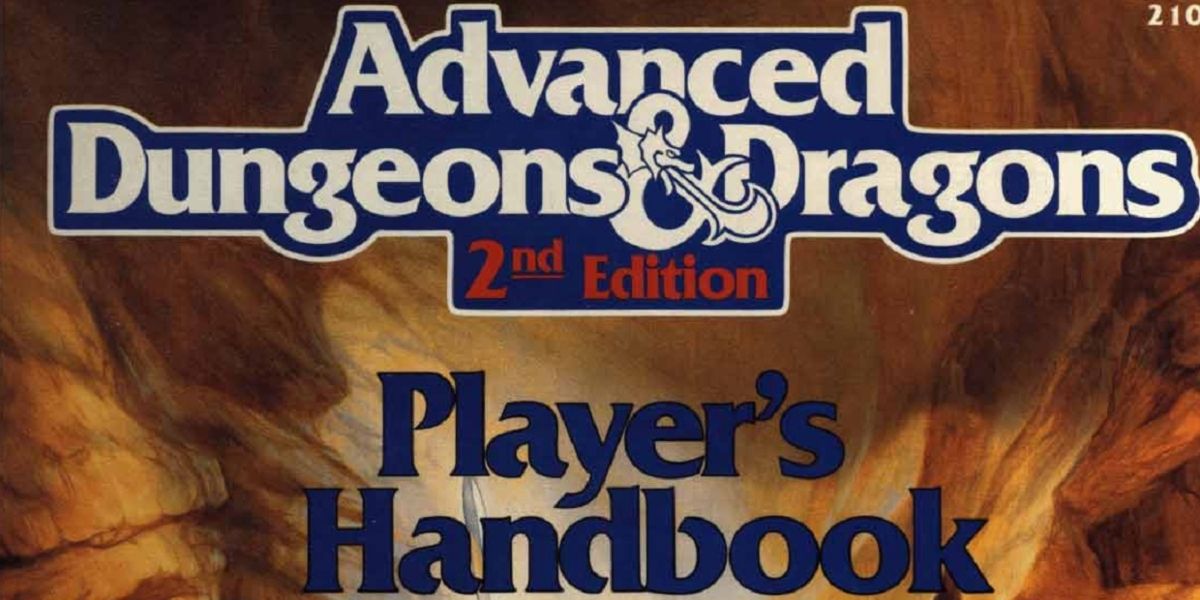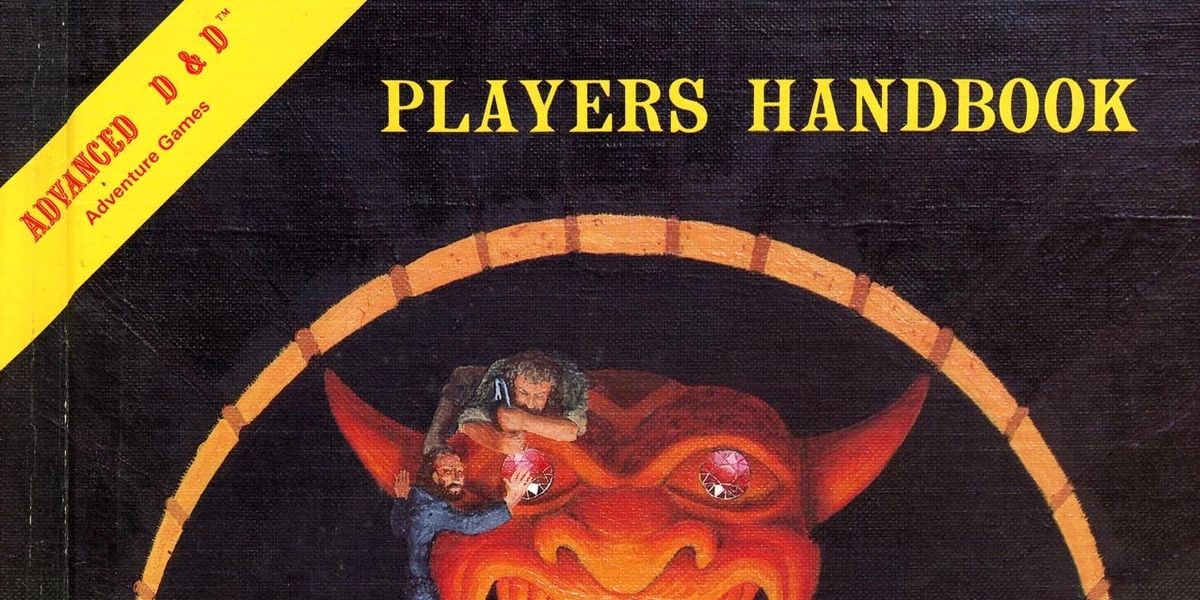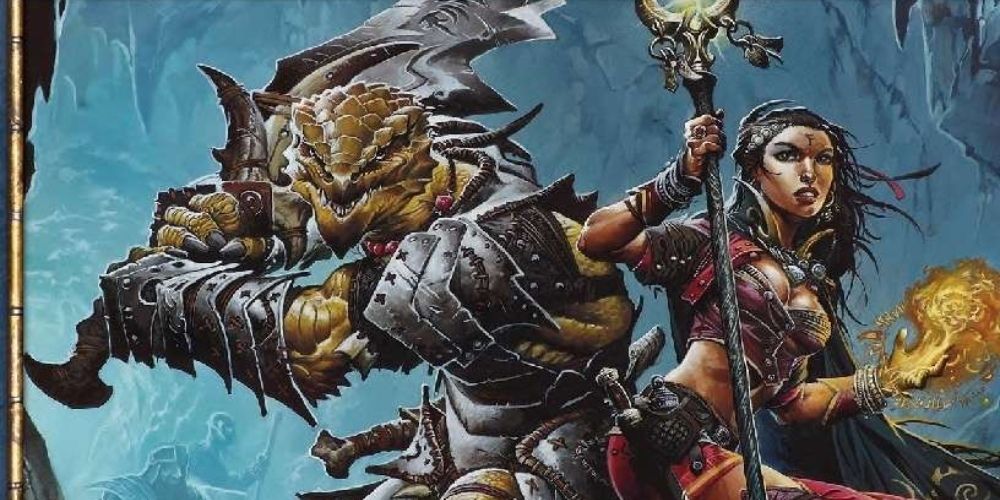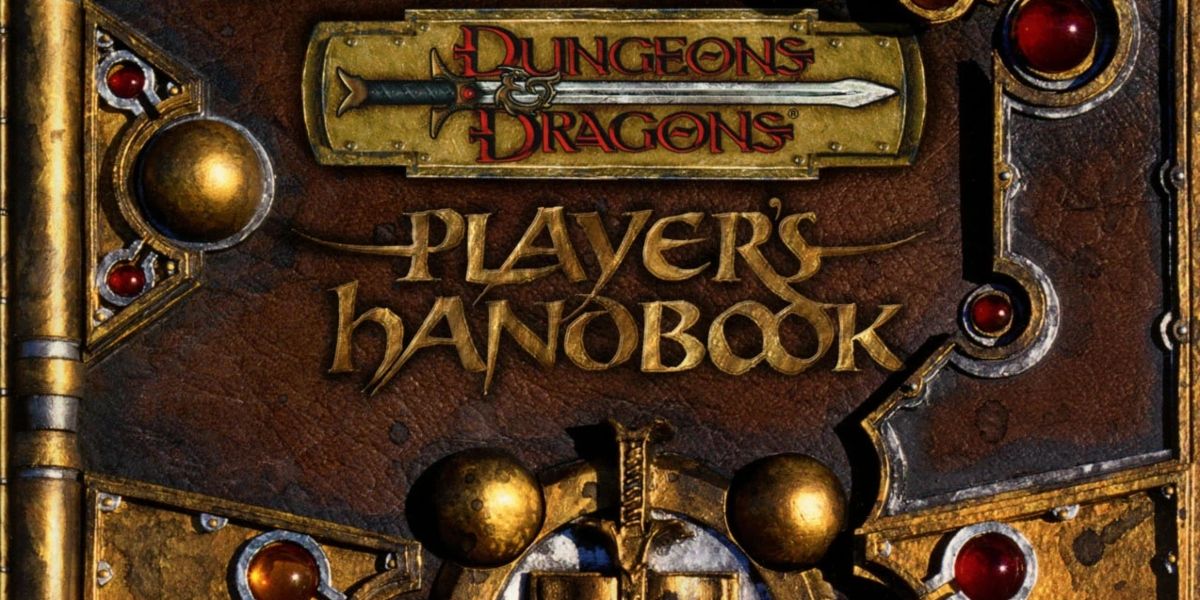Dungeons & Dragons has had many iterations throughout the year. The current edition, D&D Fifth Edition, is actually the seventh version of the game, and this numbering system will get even more confusing with the jump to “One D&D.” None of these versions have been a straight upgrade over those that came before. Instead, each has had very different rules and done things in its own way.
As a result, different versions of Dungeons & Dragons have varying reputations for complexity. No iteration of D&D has been an overly straightforward game, particularly compared to more rules-light TTRPG systems. However, the game has run the full gamut from relatively light to infamously complex over its lifetime.
7 Basic Dungeons & Dragons
Basic Dungeons & Dragons is an alternate gameline from the 1970s and 1980s, designed to complement the then-dominant Advanced Dungeons & Dragons line. As the name indicates, Basic D&D‘s purpose is to ease players into the essentials of D&D and fantasy roleplaying in an accessible fashion.
Basic Dungeons & Dragons is written for younger audiences. One factor that eases its complexity is how slowly rules are introduced. The full version is spread across progressive rulebooks. The Basic book covers levels 1-3, with Expert covering levels 4-14, Companion 15-25, Master covering 26-36, and Immortals covering epic-level play. The gameline covers more complex and high-level rules throughout an entire campaign rather than frontloading the information in a Player’s Handbook.
6 Dungeons & Dragons Fifth Edition
Dungeons & Dragons 5e is the game’s current edition and is partly responsible for its recent surge in popularity. The game has undeniably been helped by exposure in television shows like Community and Stranger Things, web shows like Critical Role, and movies like Dungeons & Dragons: Honor Among Thieves. However, D&D 5e is a deliberately more accessible version of the game.
D&D 5e draws on some of the best rules from prior editions and streamlines them. Its character-building can be as simple as picking a background, race, and class, and copying the information onto the player’s sheet. It also has innovations like replacing stacking bonuses and penalties with advantage and disadvantage, cutting down on bookkeeping at the table. It also trades D&D‘s signature Vancian magic system for a much more straightforward spell preparation system that makes spellcasters less arduous to play.
5 Dungeons & Dragons
The very first version of the game, released before the split into Advanced D&D and Basic D&D, is simply called Dungeons & Dragons. Few play it today, but it’s the game responsible for launching the entire TTRPG genre. The original D&D‘s complexity is limited by its origins as a home game. However, its experimental nature can throw off many players trying to learn.
Original D&D suffers from a lack of universality across its systems. In particular, its intended combat rules require players to be familiar with the now-defunct Chainmail tabletop wargame. It lacks the go-to mechanic of rolling a d20 and adding numbers that later editions have. Instead, original D&D requires different resolution mechanics for almost any task a player might turn their mind to. It’s not impossible to grasp, but it has a deserved reputation as piecemeal and unintuitive.
4 Advanced Dungeons & Dragons Second Edition
The Advanced Dungeons & Dragons gameline’s entire purpose is to provide a more complex, in-depth version of the game. It builds on the original Dungeons & Dragons as a deeper counterpart to Basic D&D intended for older and more dedicated audiences. AD&D Second Edition is more of an evolution of its first edition, rather than a reinvention as many later D&D versions are.
AD&D 2e does refine and streamline several AD&D mechanics, but these sometimes introduce complex mechanics in their own right. One of AD&D 2e‘s most infamous mechanics, made mandatory instead of an optional rule, is the THAC0 (‘To Hit Armor Class 0′) score. This is a way to calculate accuracy that makes low Armor Class harder to hit than high Armor Class. However, many old-school roleplayers consider THAC0 a distinct simplification and improvement over older versions’ cross-referenced tables for hitting foes.
3 Advanced Dungeons & Dragons
The first edition of Advanced Dungeons & Dragons has largely been supplanted by AD&D 2e, even among old-school roleplaying fans. In its base design, it more than fulfills its role of providing a more complex version of D&D with deeper character creation and more ironclad rules for players to engage in.
In particular, the first version of AD&D gives players sub-rules and modular mechanics for almost anything they might want to do. These mechanics lack the unified resolution that makes later versions easy to rule on the fly. Plenty of information is given in dense charts that the DM has to scan for answers each and every time. Although the current gameline is still officially Advanced Dungeons & Dragons, many later editions have simplified core parts of AD&D even while making other areas more complex.
2 Dungeons & Dragons Fourth Edition
D&D Fourth Edition remains the game’s most controversial iteration ever. It puts far more rules emphasis on tactical combat than any other edition of D&D. Players get many and varied abilities for what to do in combat, split between At-Will attacks, Encounter attacks, and Daily attacks. They begin getting several of each type at low levels, ensuring they always have a suite of options at their fingertips.
Combat is the most infamously complex part of D&D 4e. Each character and enemy in combat often needs to track several different sources of bonuses, penalties, conditions, and more at a time. In addition, feats, powers, Paragon Paths, and Epic Destinies provide a deep character creation system filled with possibilities. However, its character-building complexity is toned down by the fact that most of its base options are viable, letting players create workable characters without hours of research.
1 Dungeons & Dragons Third Edition
Dungeons & Dragons Third Edition (most often played as the re-release D&D 3.5e) is the follow-up to AD&D 2e despite dropping ‘Advanced’ from the title. In some ways, it simplifies the game. It lets players and DMs resolve any task by rolling a d20, adding relevant bonuses, and comparing it to a target score. This is easier than any prior versions’ way of resolving attacks or non-combat abilities.
However, D&D 3e and D&D 3.5e upped the ante on character-building several times over. Almost every D&D 3.5e book contains new races, classes, feats, spells, weapons, and more. There are thousands of options and ways to build a character. Unfortunately, all those options are very imbalanced. Some choices are deliberately poor to encourage system mastery. Players treat building characters in D&D 3.5e like a game in its own right due to just how complicated it is to get to grips with. One of D&D 5e‘s selling points is downplaying D&D3.5e‘s complexity.
